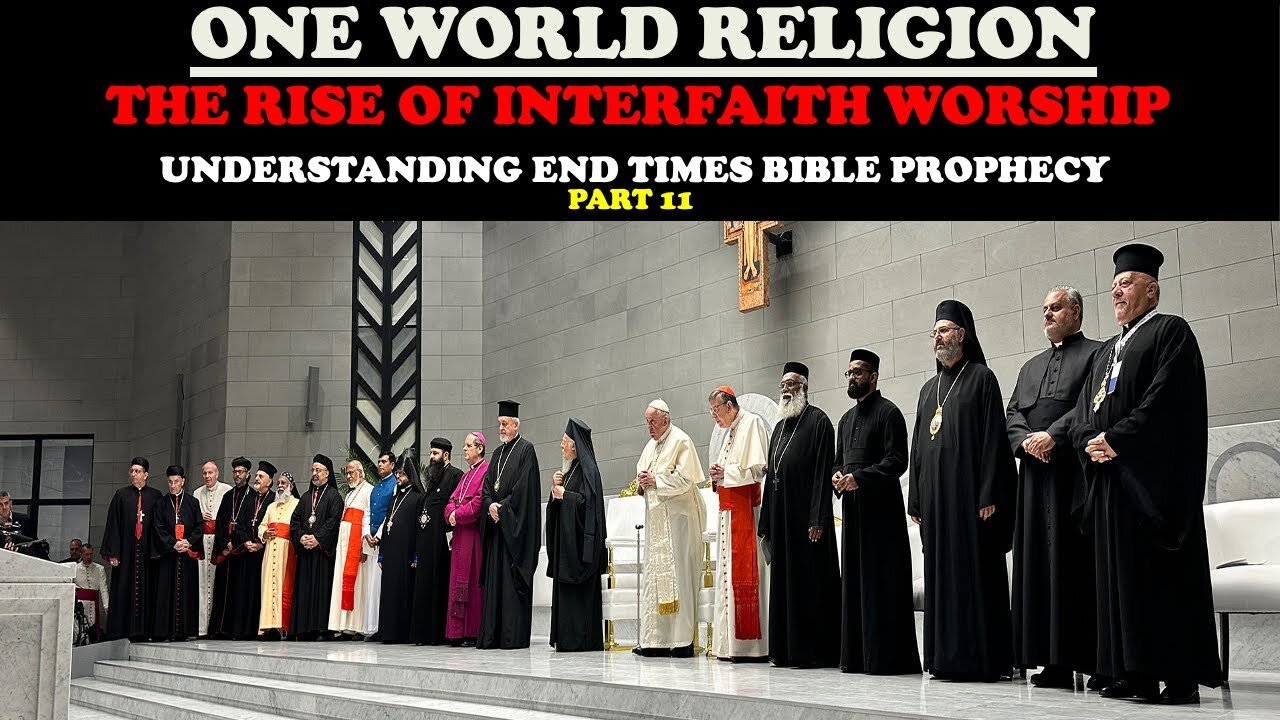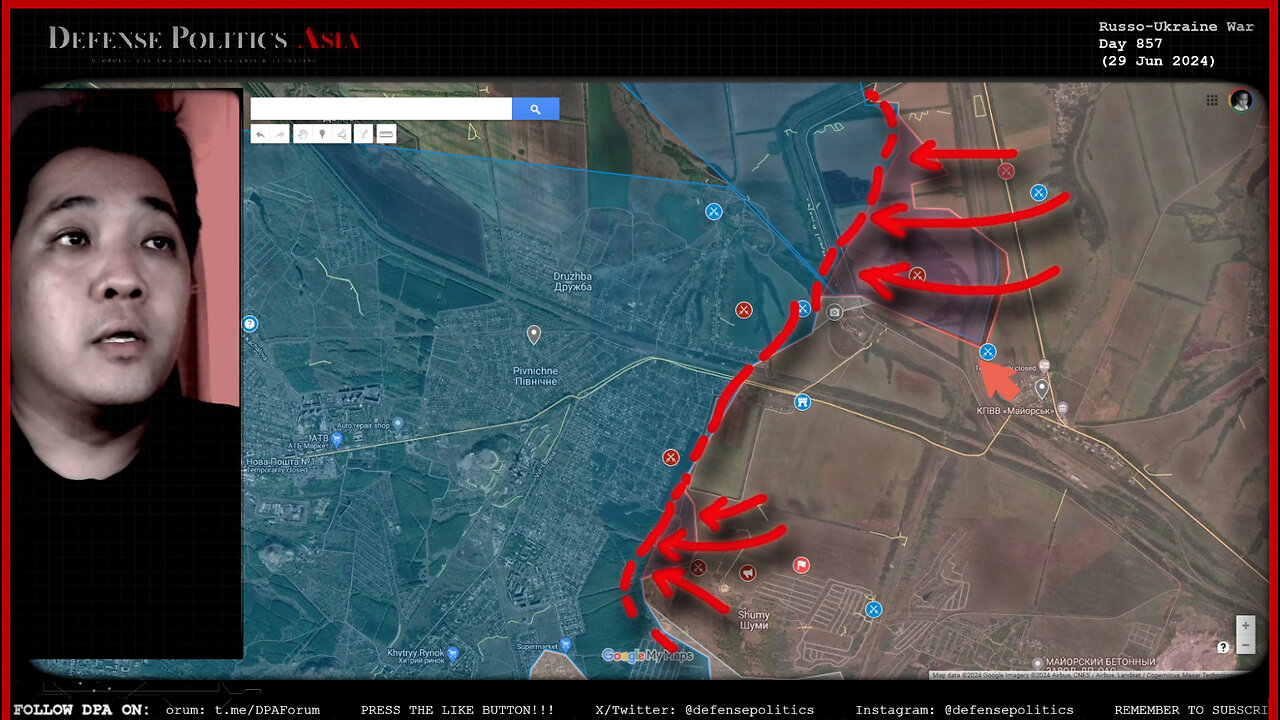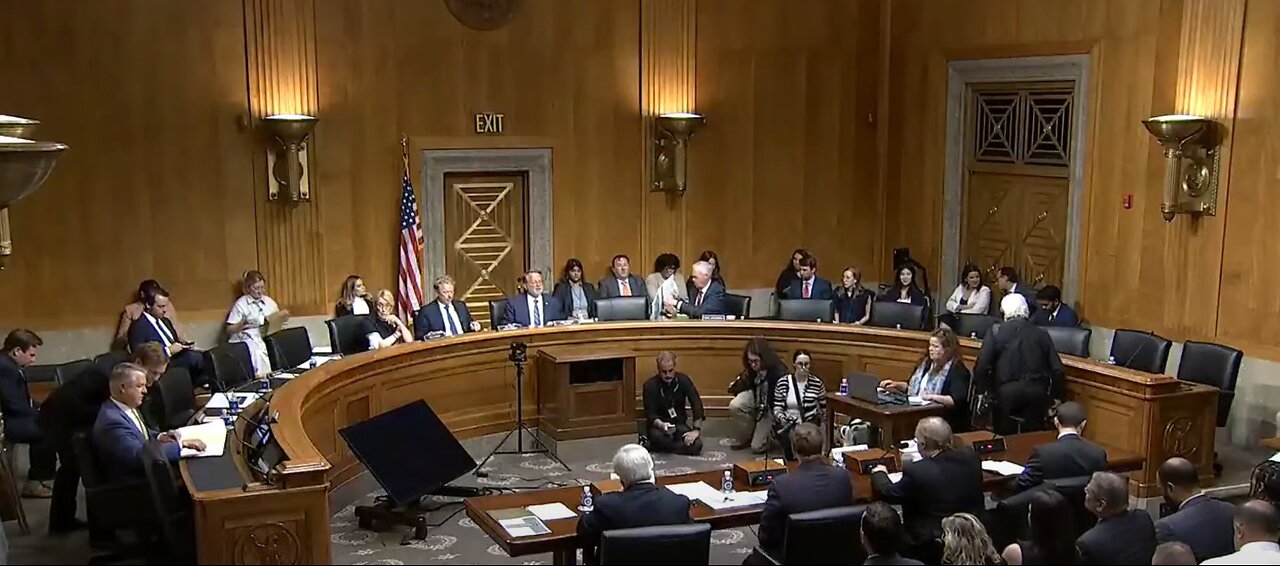Cosmic Skeptic Traps William Lane Craig With Biblical Genocide Question
Why the Cosmic Dawn Holds the Keys to Understanding Our Universe | Richard Ellis
In this episode, we were privileged to have Professor Ellis discuss his new book, "The Quest for Cosmic Dawn," which delves into the concept of Cosmic Dawn and the emergence of the first galaxies from darkness. The book cover, adorned with a captivating photograph of the observatory on Mauna Kea and a stunning image of a galaxy, perfectly captures the essence of Professor Ellis's work in observational astronomy. During the episode, Professor Ellis shared profound insights into the methods astronomers employ to look into the past using telescopes. He highlighted the finite speed of light and how astronomers can effectively time travel by observing light that has taken a significant amount of time to reach us. We also explored the fascinating concept of the expansion of the universe and the redshift of light to determine the look back time, ultimately enabling us to understand the past evolution of our universe. The partnership between telescopes such as the Hubble Space Telescope and ground-based instruments has unravelled the history of our universe, offering us a picture book timeline of its evolution back to an age of 1 to 2 billion years. However, the quest does not end there. Professor Ellis emphasized the next challenge of investigating cosmic dawn, the moment when galaxies first emerged from the darkness. This period is significant as it marks the beginning of the process that eventually leads to the existence of life. Throughout the episode, Professor Ellis shared captivating stories of his career in astrophysics, including working with esteemed telescopes and instruments like ESOs VLT and the Atacama Alma Instrument. He also shared his philosophy on education and the importance of being open to new technologies, highlighting the transformative impact of digital detectors and segmented mirrors on the field of astronomy. His book, "The Quest for Cosmic Dawn," promises to be an engaging read for both professionals and aspiring astronomers alike. 00:01:05 Richard Ellis discusses his contributions to understanding the universe using observational cosmological techniques and instruments such as JWST. 00:03:51 "The Quest for Cosmic Dawn" is a scientific adventure exploring the emergence of galaxies and the cover features an observatory on Mauna Kea. 00:06:58 Ellis made his own telescope as a child and was fascinated by the colors of stars. The colors relate to their temperatures, with massive stars being bluer and cooler stars being red. This observation led to further questions. 00:12:35 The text describes the James Webb Soace Telescope and its ability to capture deep images of distant galaxies. It explains how astronomers use redshift to measure the expansion of the universe and determine the look back time. When cosmic dawn occurred there is the possibility of identifying first generation stellar systems. 00:23:47 George Hale raised money for large telescopes (60 inch, 100 inch, and Palomar 200 inch) in the 1920s. Edwin Hubble continued the program to study cosmic expansion. Alan Sandage and Jim Gunn competed on the same project. 00:26:49 New Zealand theorist Beatrice Tinsley showed that estimating the distance to galaxies through brightness is not accurate. Technology advancements, like digital detectors and multi-object spectroscopy, revolutionized observing galaxies. Hydrogen absorption in the ultraviolet and gravitational lensing techniques help determine the distance and lookback time of galaxies. The number of galaxies decreases as redshift increases. James Webb telescope expands our understanding of cosmic history. 00:42:06 Richards’s presentation will inspire young viewers to pursue careers in STEM fields. He also discusses his own interest in experimental work and praises Richard's educational philosophy. 00:46:22 Mentions contributors to astronomy in the 20th century and their beliefs on cosmology, including controversial ideas on the big bang. 00:51:21 The literature often contains wrong claims about galaxy distances; people make mistakes due to excitement and enthusiasm, leading to potentially incorrect scientific papers. 00:52:29 The concept of pushing boundaries and pursuing the impossible, with a reference to Roger Banister breaking the 4-minute mile. It also mentions the delay in communication between locations and asks about a mysterious aspect of one's life and advice for a younger self. Join this channel to get access to perks: https://www.youtube.com/channel/UCmXH_moPhfkqCk6S3b9RWuw/join Follow me to ask questions of my guests: 🏄♂️ Twitter: https://twitter.com/DrBrianKeating 📝 Join my mailing list; just click here http://briankeating.com/mailing_list ✍️ Detailed Blog posts here: https://briankeating.com/blog.php 🎙️ Listen on audio-only platforms: https://briankeating.com/podcast #universe #podcast #briankeating #intotheimpossible #science #astronomy #cosmology #cosmicmicrowavebackground


















































